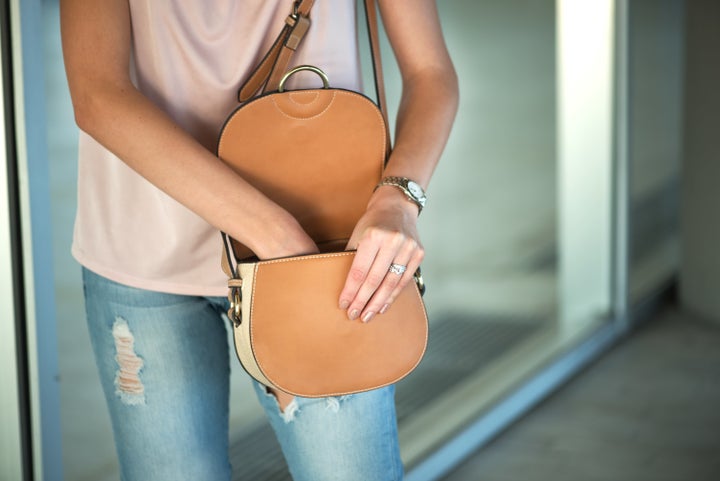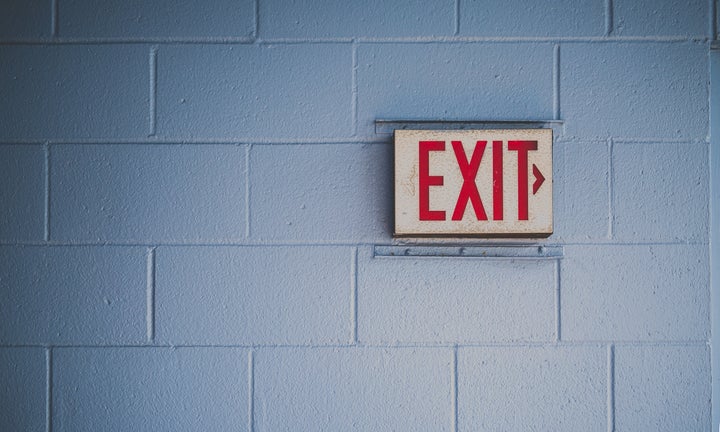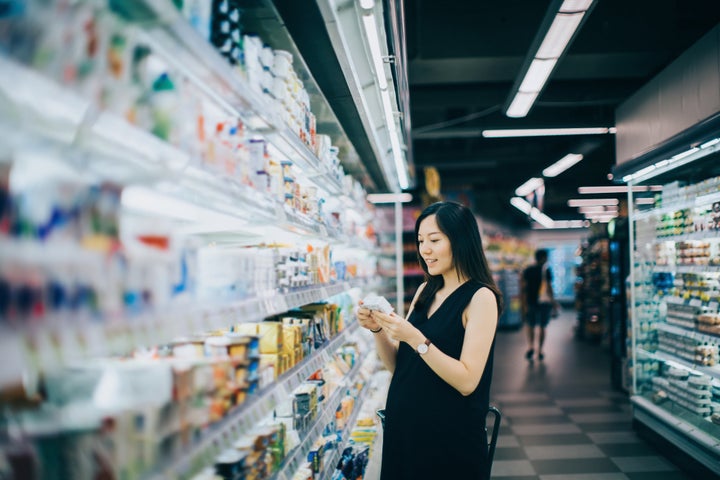If you have chronic anxiety, there are days (like, a lot of them) when even the most basic tasks feel overwhelming. In order to get through them, you might turn to what experts call “safety behaviors” to help you function ― but they might be doing more harm than good.
“Each time you engage in the behavior or even keep it in your mind as an option, you reinforce whatever is provoking your anxiety as dangerous and something that can’t be managed without that behavior,” said Lindsay Henderson, a psychologist who treats patients via the telehealth app LiveHealth Online.
The fix? Start thinking of safety behaviors as stepping stones that can help you gradually overcome your fears. Make a list of all the safety behaviors you have and all the things that make you anxious in these scenarios, said California-based psychotherapist Amanda Lomanov.
Once you’ve identified your anxiety triggers, rank them from least to most distressing and start removing them from your routine. If attending a networking event on your own feels too distressing, for example, maybe try going to lunch alone first.
“The idea is to find something that’s a little scary, but not so much that you aren’t willing to try it,” Lomanov said.
Creating an action-based hierarchy of challenges for each safety behavior can help you gradually regain your power. To get you started, here are five common safety behaviors for anxiety and suggestions on how to break up with them:
1. Carrying medication, water, sunglasses or a phone “just in case”

Are you panicked about leaving your phone at home because you’re worried loved ones can’t reach you or because you want to use it as a crutch at a party? Do you carry water around to conveniently meet your hydration quota or in case your anxiety makes you feel parched in social situations?
If you can’t imagine going somewhere without a certain item, it may be time to examine your behavior.
“When dealing with chronic or situational anxiety, many people find that they feel better just knowing that they’re prepared for the eventuality of an anxiety-inducing situation,” said Carla Marie Manly, a California-based clinical psychologist. “However, it’s easy to become overly attached to the items that make us feel safe.”
This attachment to the item can sometimes become counterproductive by increasing the underlying anxiety that’s compelling you to to carry it around in the first place. If you carry around items that are attached to stress or anxiety, start by leaving the house for small periods of time without your safety object, Henderson suggested. Write down a list of outings you can take that increase gradually, both by time and distance away from home.
“Practice each step in the hierarchy repeatedly, until you notice the intensity and duration of your anxious feelings decreasing,” Henderson added. Once it feels like your body and mind have got that step on lock, move up to the next challenge.
2. Bringing a person with you to a party or event

A “safe person” is a friend or family member who essentially keeps you company ― and calm-ish ― in situations you might find anxiety-inducing. However, if you come to depend too much on your buddy system, the lack of self-reliance can worsen your anxiety in the long-run by cementing the belief that you can’t deal with your emotions on your own.
“Ideally, an individual is as emotionally comfortable tending to tasks and attending events solo as when they’re with a friend,” Manly said. “Otherwise, life becomes limited and a sense of fearful isolation can result.”
Setting micro-goals can help. In a social situation, start by separating from your friend for just five minutes. Work your way up to 10- or 20-minute intervals, and eventually challenge yourself to talk to someone new without your friend next to you.
3. Avoiding certain food triggers

Many of us avoid certain foods because of an allergy or a sensitivity. But some of us also avoid certain foods for fear they’ll trigger anxiety symptoms.
Let’s say you ate lunch one afternoon and it didn’t agree with you, triggering symptoms like stomach pains or nausea. Next time you go to eat that food, you start to worry that what happened before will happen again, even though you’ve eaten the food plenty of times without a reaction. Ironically, this triggers your body to cue up more uncomfortable symptoms.
“When someone has gone through a negative event in the past, they have clinical data that a similar outcome in their life may turn out to be that same way,” said Kate Cummins, a California-based clinical psychologist. “However, this is how your thought patterns trick you into activating the emotions of fear.”
You might find yourself skipping the food in certain contexts and eventually giving up the food entirely. Instead of feeding yourself, you end up feeding your anxiety. If you fear that you’ll get sick — or experience severe anxiety — after eating your trigger food, spend some time brainstorming alternative outcomes to the scenario. This helps de-escalate the worst possible result as being the only outcome that can happen, Cummins said.
4. Posting up near exits or bathrooms

“Having a safety plan for exiting a situation or location gives individuals the ability to feel like they’re in control,” Cummins said. This can help to reduce anxiety in situations that make them uncomfortable, such as attending a huge party or concert.
Knowing where you can get out of a venue is a pretty natural safety precaution to have ― but if you need to position yourself near an exit or bathroom in order to feel less anxious, that’s a sign that this behavior (and not you) is running the show. Getting to the heart of why you’re so anxious can help.
“Seeking exits or staying near them can suggest hypervigilance resulting from a traumatic event where the person was unable to escape, even for a short time,” such as getting stuck in an elevator, said Stacie Freudenberg, a Colorado-based clinical psychologist.
Knowing you can make a quick getaway might make you feel safer in the moment, but it can also strengthen the grip that anxiety has over your life.
To set yourself free, you might start by moving a few feet away from the exits for five minutes. When that feels comfortable, move further away from them and do so for longer periods of time. The ultimate goal is to no longer seek them out at all.
5. Going to places only during nonpeak hours

Many people avoid crowds to save time. But pay attention if you find yourself shopping during nonpeak hours, staying away from events that involve large turnouts or driving only on back roads as ways to alleviate anxiety. Your anxiety in response to these triggers will increase because you’re not learning to tolerate the discomfort, Lomanov said. You’re also not learning that you’re capable of overcoming the underlying fear.
The first step to overcoming this safety behavior is to try to figure out what’s behind your anxiety. (For example, are you afraid of small talk in lines? Are you fearful of being stuck in a big crowd?)
Depending on the severity of your anxiety, you can either schedule daily activities to challenge it ― say, choosing to stand in the longest line at the grocery store ― or visualize yourself in anxiety-provoking scenarios ― like getting stuck in traffic ― before tackling them in the real world.
“The goal is to recognize your anxious feelings without trying to change them, without judging them as ‘bad,’ but instead observing them in your body as a natural reaction to something that distresses you,” Lomanov said.
When you let your feelings be and stop trying to change them, they will start to level off, until eventually you can stand in line like it’s no biggie (or handle the anxiety waves when they visit). Then it’s rinse and repeat with the next behavior on your list.
